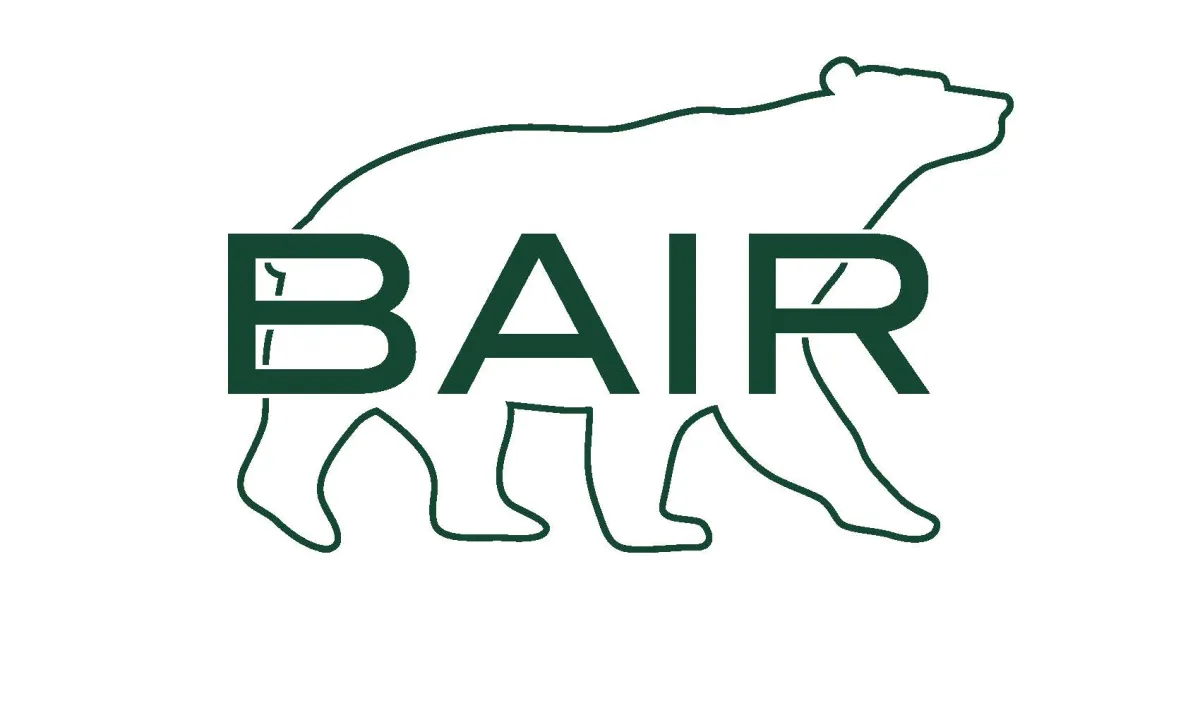

BLOGS
Learn from BAIR.

Do's and Don'ts JJJJ Testing
"The Earth is what we all have in common." —Wendell Berry
#StackTesting
Do's and Don'ts
JJJJ Testing
Did you know?
Stack testing is a crucial aspect of compliance with the Clean Air Act and its amendments, which
regulate emissions from stationary sources. The U.S. Environmental Protection Agency (EPA)
established the regulations under 40 CFR Part 60, Subpart JJJJ, which sets standards for the
testing and reporting of air pollutant emissions from stationary sources. This article will
discuss the dos and don'ts of stack testing under 40 CFR Part 60 JJJJ
Do:
1. Hire a qualified stack testing company: Ensure that the company you choose to conduct the stack
testing is well-equipped with the necessary certifications and
expertise to perform the test accurately.
2. Conduct regular stack tests: Regular stack tests are essential to ensure that your facility is
in compliance with the regulations and to make necessary changes in
operations if required.
3. Follow the appropriate testing method: Select the testing method that best fits your facility
and the pollutants being emitted. 40 CFR Part 60 JJJJ specifies several
methods for measuring emissions.
4. Keep detailed records: Maintain records of all stack tests conducted, including the results and
any discrepancies. This information will be useful if there are questions or
disputes about the accuracy of the results.
Don't:
1. Avoid self-testing: Stack testing should not be performed by the facility's personnel, as they
may not have the necessary experience and expertise to conduct the test
accurately.
2. Ignore the guidelines: The guidelines set out in 40 CFR Part 60 JJJJ must be followed, and any
deviations from these guidelines should be well-documented.
3. Delay the test: Stack tests must be conducted within the specified time frame set by
the regulations to ensure that your facility remains in compliance.
4. Neglect to report the results: The results of the stack test must be reported to the relevant
regulatory agency in a timely manner. Failure to do so can result in penalties
and enforcement action.
In Conclusion,
Stack testing is an important aspect of ensuring that your facility complies with the regulations
set out in 40 CFR Part 60 JJJJ. By following the dos and don'ts outlined in this article, you can
ensure that your stack testing is conducted accurately and efficiently, and that your facility
remains in compliance with the regulations.
Thank you,
BAIR
BLOGS
Learn from BAIR.

Do's and Don'ts JJJJ Testing
"The Earth is what we all have in common." —Wendell Berry
#StackTesting
Do's and Don'ts
JJJJ Testing
Did you know?
Stack testing is a crucial aspect of compliance with the Clean Air Act and its amendments, which
regulate emissions from stationary sources. The U.S. Environmental Protection Agency (EPA)
established the regulations under 40 CFR Part 60, Subpart JJJJ, which sets standards for the
testing and reporting of air pollutant emissions from stationary sources. This article will
discuss the dos and don'ts of stack testing under 40 CFR Part 60 JJJJ
Do:
1. Hire a qualified stack testing company: Ensure that the company you choose to conduct the stack
testing is well-equipped with the necessary certifications and
expertise to perform the test accurately.
2. Conduct regular stack tests: Regular stack tests are essential to ensure that your facility is
in compliance with the regulations and to make necessary changes in
operations if required.
3. Follow the appropriate testing method: Select the testing method that best fits your facility
and the pollutants being emitted. 40 CFR Part 60 JJJJ specifies several
methods for measuring emissions.
4. Keep detailed records: Maintain records of all stack tests conducted, including the results and
any discrepancies. This information will be useful if there are questions or
disputes about the accuracy of the results.
Don't:
1. Avoid self-testing: Stack testing should not be performed by the facility's personnel, as they
may not have the necessary experience and expertise to conduct the test
accurately.
2. Ignore the guidelines: The guidelines set out in 40 CFR Part 60 JJJJ must be followed, and any
deviations from these guidelines should be well-documented.
3. Delay the test: Stack tests must be conducted within the specified time frame set by
the regulations to ensure that your facility remains in compliance.
4. Neglect to report the results: The results of the stack test must be reported to the relevant
regulatory agency in a timely manner. Failure to do so can result in penalties
and enforcement action.
In Conclusion,
Stack testing is an important aspect of ensuring that your facility complies with the regulations
set out in 40 CFR Part 60 JJJJ. By following the dos and don'ts outlined in this article, you can
ensure that your stack testing is conducted accurately and efficiently, and that your facility
remains in compliance with the regulations.
Thank you,
BAIR
Need Thorough & High Quality Testing?
Ask BAIR

Contact Info
817.439.4767
© 2022 BAIR
